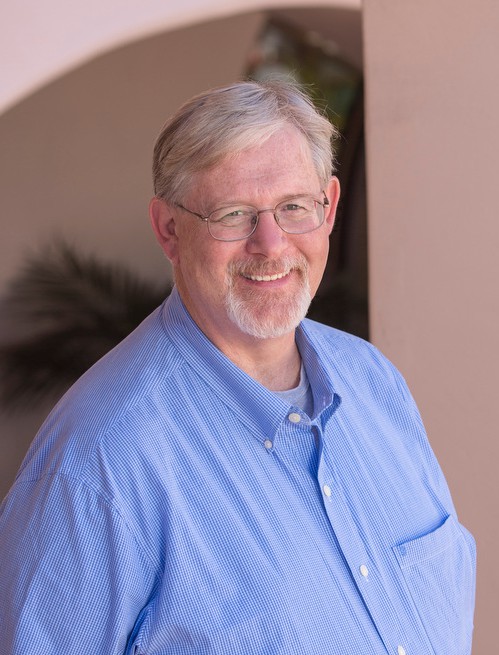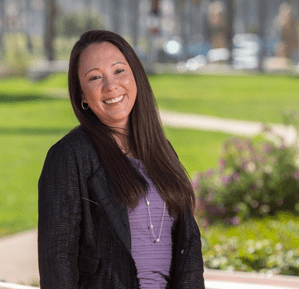When it comes to the senior living industry, one word reigns supreme: community. Whether it’s memory care, assisted living or simply providing the opportunity to live independently, all manner of senior living options pivot on the notion that residents and their families are keen to sustain connections and keep life in the golden years meaningful and nurturing. One key aspect integral to the creation of a senior community is communication, between staff, caregivers, residents and their families. “Communication is one of the biggest challenges we face as an industry,” says Dennis McCarthy, CIO at Superior Residences. “In the senior housing market, you are not just serving the resident, you’re serving the family that cares about them as well, so it’s important to ensure everyone stays connected.” Care, Comfort and Accountability Florida-based Superior Residences exemplifies the multifaceted nature of the senior living industry, with services ranging from independent living to assisted living and memory care. Superior Residences even provides a Day Stay Program designed to give at home caregivers a break by providing resident care for shorter periods of time from a few hours to the whole day. The company’s mission statement, “building trust so that residents, families and our team have peace” demonstrates Superior Residences commitment to creating an atmosphere of care and comfort based on a set of core values including “integrity, service, efficiency and fun.” As one of the company’s founders, McCarthy understands the essential role accountability plays in fulfilling those core values, an accountability made all the easier by the company’s use of Yardi Voyager for Senior Housing. “Billing needs to be as accurate as possible so that you can explain to resident why they are being charged and what services they are being billed for,” he explains. “When you have...
Reducing Turnover
Senior Staffing
As the senior living industry continues searching for solutions to ongoing workforce shortages and rampant burnout, software solutions like Yardi Voyager can simplify tasks and increase employee satisfaction. Finding and keeping the right employees remains an ongoing challenge for senior living providers. In fact, according to research firm Holleran, after a fairly short “honeymoon period” of one year, worker engagement begins to decline, leading employees to seek out new opportunities and resulting in a 42% average turnover rate for life plan communities. These losses translate into real money: The average cost of turnover per employee can be up to 50% of that employee’s salary, with true turnover costs for registered nursing hovering above $65,000 per employee. “Turnover in our industry’s been pretty high,” admits Angela Kennedy, Senior Accountant for Commonwealth Assisted Living. “Just being able to recruit and retain top talent is challenging.” “Our People Set Us Apart” With a set of core values focused on helping seniors “age with dignity,” Commonwealth Assisted Living operates 23 communities throughout Virginia. Founded in 2002 by Richard J. Brewer, the company values leadership from within and strives to create an atmosphere of teamwork and transparency. As one of the largest providers of independent living, assisted living and memory care in the state, Commonwealth cares for over 1,500 residents. “Our people set us apart from other providers,” says Brewer, “We work hard, and are not afraid to do things differently.” The centralized recordkeeping, customized menus and easy to relevant records available through Yardi Voyager® Senior Housing allows Commonwealth staffers to do their jobs much for effectively, but that’s not the only benefit. According to Angela, the simplified data entry system and streamlined record keeping also help employees feel more engaged by freeing them from mundane, repetitive tasks so they...
Senior Living Trends
Great Expectations for 2017
As the year begins and a new administration takes office, senior housing providers are gearing up for change. While a certain amount of anxiety is to be expected, according to George Yedinak from Senior Housing News, many of the developments that will take place over the next twelve months merely build upon preexisting circumstances. “While operators, owners, and others will be reacting to possibly dramatic changes,” he writes, “some senior living issues that have been top of mind for years show no signs of abating.” Occupancy and Oversupply According to the National Investment Center for Seniors Housing and Care, nursing home occupancy remained flat through the end of 2016 even as the number of units in development continued to rise. That trend will likely continue across all types of senior care well into 2017. With the pool of potential residents unable to match supply, even well-established providers may find themselves “protecting their turf.” “New supply could affect everything from rents to marketing budgets and wages,” writes Yedinak. “Developers looking to build, or buyers on the hunt for good opportunities, will feel even more pressure to judge the supply-demand forces in a given market.” Although consumer purchasing power has steadily increased over the last year, increasing pressure from new supply will undermine rent escalation. As a result, says Yedinak, any rent increases in competitive markets will likely hover around two to three percent rather than the standard three to four percent. “Getting rents right will be even more of a balancing act than usual in 2017,” he warns, adding that operators should be aware of the “steady drumbeat within the industry to cease discounting altogether and increase pricing transparency, to meet consumer expectations.” Staffing Shortfalls For the last few years, workforce woes have plagued senior...



